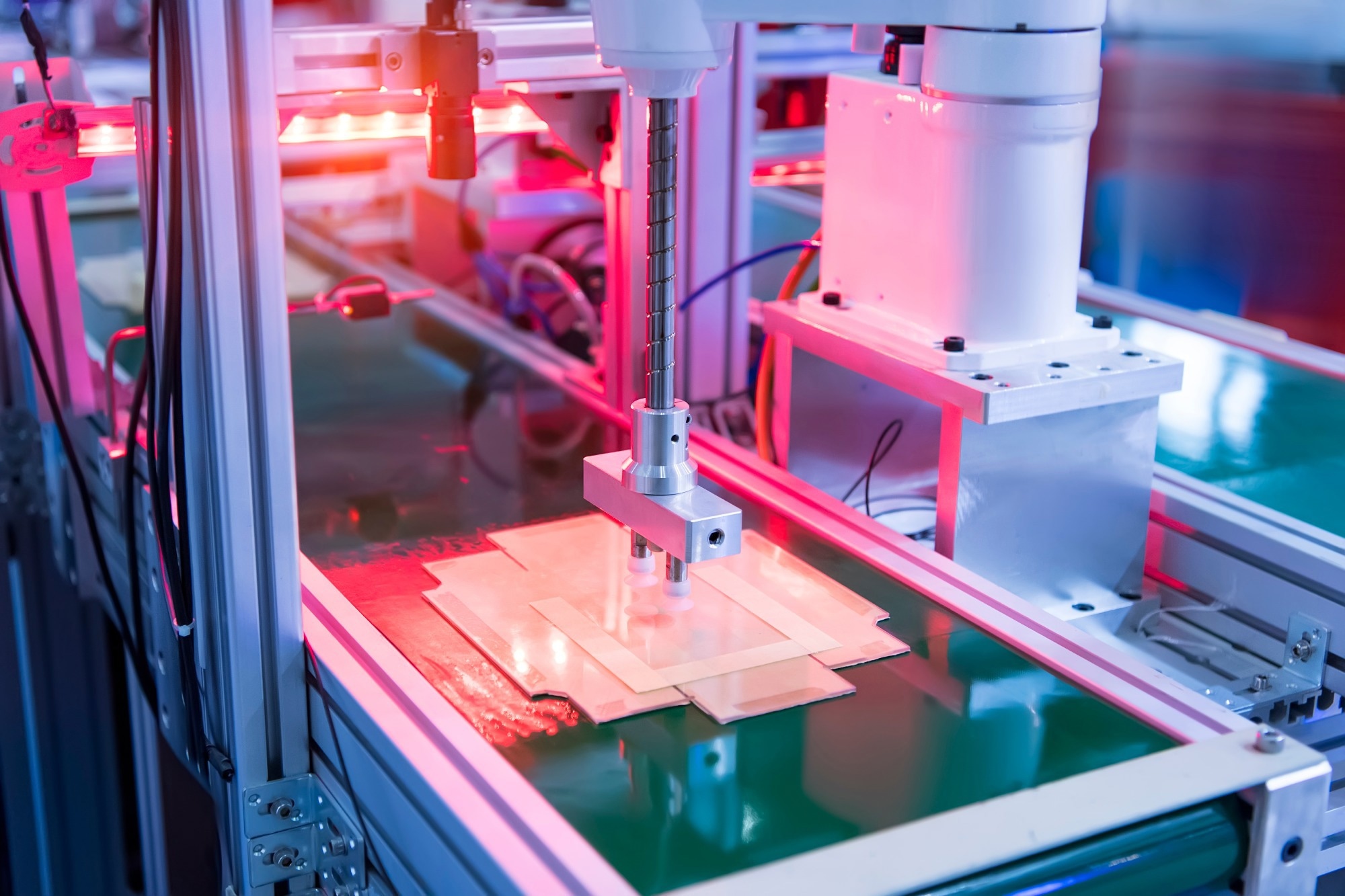A recent study published in the journal Computers & Graphics comprehensively explored different model compression methods for computer vision tasks, making modern artificial intelligence (AI) techniques usable in embedded systems. The researchers described various compression techniques, compared them, and discussed how to choose the best one for different devices. They analyzed major and new compression methods from the past decade, highlighting their strengths, limitations, and applications in resource-limited environments.
 Study: Optimizing Computer Vision for Embedded Systems. Image Credit: asharkyu/Shutterstock.com
Study: Optimizing Computer Vision for Embedded Systems. Image Credit: asharkyu/Shutterstock.com
Background
Computer vision is a field of AI that enables machines to understand and process visual information. It has applications in security, healthcare, entertainment, and robotics. However, computer vision tasks often need large, complex models that require high computational power and memory. This makes it challenging to deploy these models on embedded systems, which have limited resources. Therefore, model compression techniques are essential to reduce the size and complexity of these models while maintaining their performance, and improving efficiency, speed, and energy consumption.
Model Compression Subareas
In this paper, the authors categorized compression techniques into four main subareas: knowledge distillation, network pruning, network quantization, and low-rank matrix factorization. They discussed how each area has its own pros and cons and can be combined for better results.
Knowledge distillation transfers the knowledge of a larger, complex model (teacher) to a smaller, simpler model (student) by matching their outputs or features. This allows the student model to mimic the teacher and achieve similar performance with fewer parameters and computations. Additionally, network pruning eliminates redundant or irrelevant elements from the model, such as weights, filters, channels, or layers, reducing model size, inference time, and the number of operations needed.
Furthermore, network quantization converts model parameters and inputs from floating-point numbers to lower-bit representations, like integers or binary values. This reduces memory usage, computational cost, and power consumption. It can be applied during or after training, using different precision levels for different model parts. Similarly, low-rank matrix factorization breaks down model parameters into two or more lower-rank matrices, which approximate the original matrix when multiplied. This reduces the model's dimensionality and complexity, the number of parameters, and can improve interpretability and generalization, as well as speed up training and inference.
Performance Comparison and Discussion
The researchers evaluated and compared the performance of different model compression techniques on three popular datasets for computer vision tasks: the Canadian Institute for Advanced Research with 10 classes (CIFAR-10), CIFAR with 100 classes (CIFAR-100), and image network (ImageNet). These datasets contain images of birds, airplanes, cars, cats, aquatic mammals, insects, flowers, objects, plants, and various scenes. Additionally, various metrics were used to measure performance, such as accuracy, number of parameters, floating-point operations per second (FLOPs), and execution time. Furthermore, the impact of different compression techniques was analyzed on different embedded devices, such as central processing units (CPUs), graphics processing units (GPUs), and field-programmable gate arrays (FPGAs).
The study showed that model compression techniques significantly reduced model size and complexity without compromising accuracy or functionality. However, it also highlighted some challenges, such as finding the right balance between compression and performance, preserving spatial relationships and interdependencies of model parameters, and adapting to the hardware specifications of embedded devices.
Additionally, the authors showed an increasing interest in applying model compression techniques to vision transformers (ViTs), a relatively new architecture that has shown promising results in computer vision. They acknowledged that quantizing ViTs to very low precision levels presents unique challenges, requiring specialized strategies to address the complex loss landscape and the inherent variability of activation values.
Applications
This research has significant implications for deploying deep learning models on resource-constrained devices. By compressing large, complex models, these technologies enable the use of powerful computer vision algorithms in a wide range of embedded applications, including smart home devices, mobile robotics, medical imaging, autonomous vehicles, facial recognition, and video surveillance.
Conclusion
In summary, the model compression techniques proved feasible and effective for enabling and improving computer vision applications on embedded systems with limited resources. These techniques could bridge the gap between the computational demands of deep learning models and the resource constraints of embedded systems. The authors highlighted that their research could be valuable for those interested in model compression techniques and their challenges and opportunities for computer vision on embedded systems. They also suggested future research directions, such as using transformer-based architectures, applying adversarial learning, exploiting hardware-aware optimization, and developing automated and adaptive compression methods.